This month I've been posting about the fiber and textile exhibition I visited earlier. You can't even imagine how many amazing works were there. This proves that there's no limit, when it comes to creativity. The good thing was seeing these artists still creating and carrying on the tradition.

Among the textile artworks, there were a few outfits too. Obviously none of these were street wear. This was called black bow and even though it's not simple, I can see myself wearing it for a proper occasion. It was quite nice.
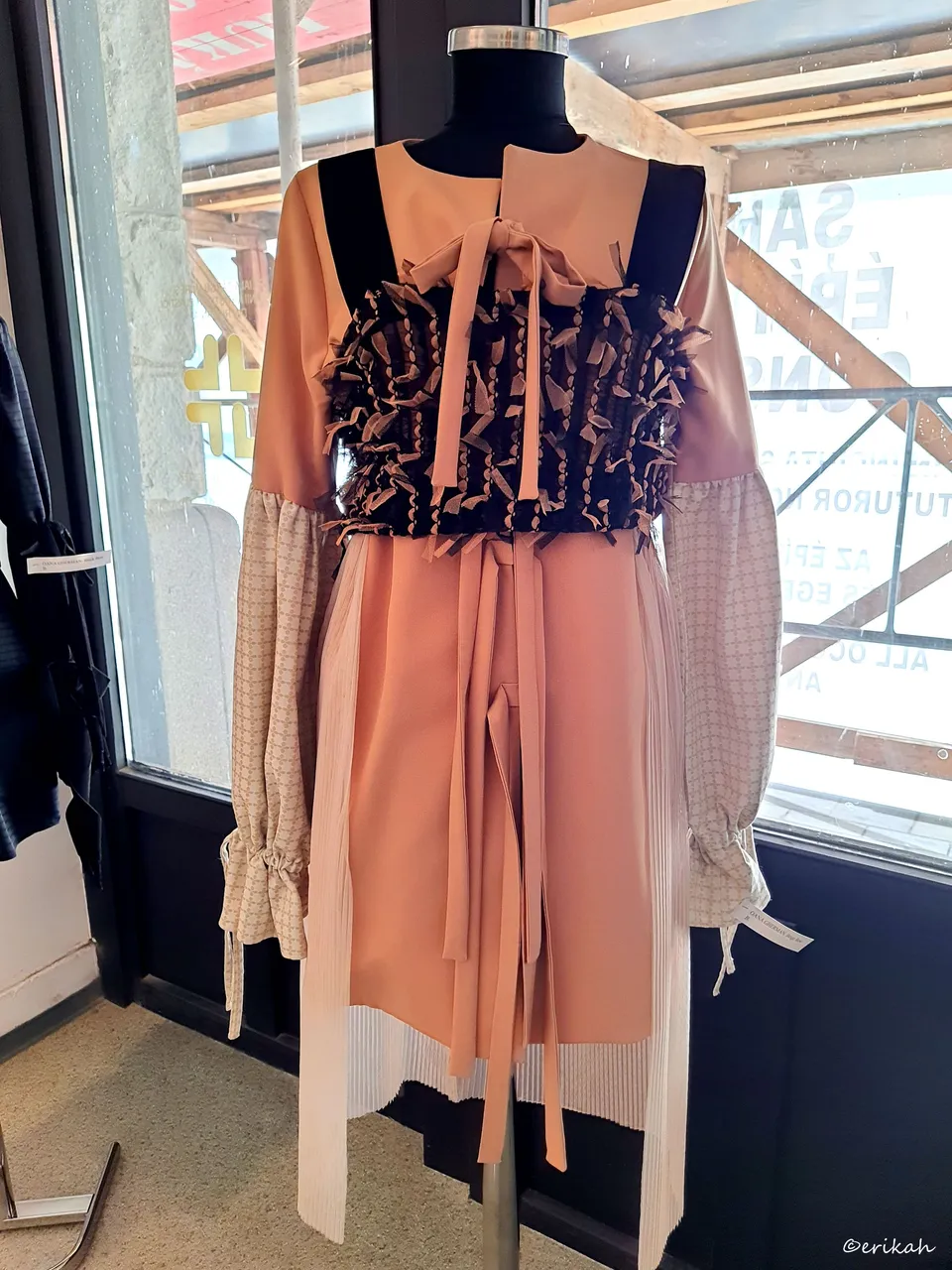
This was a different matter as I found it too much, but then again, this is art, not necessarily fashion.
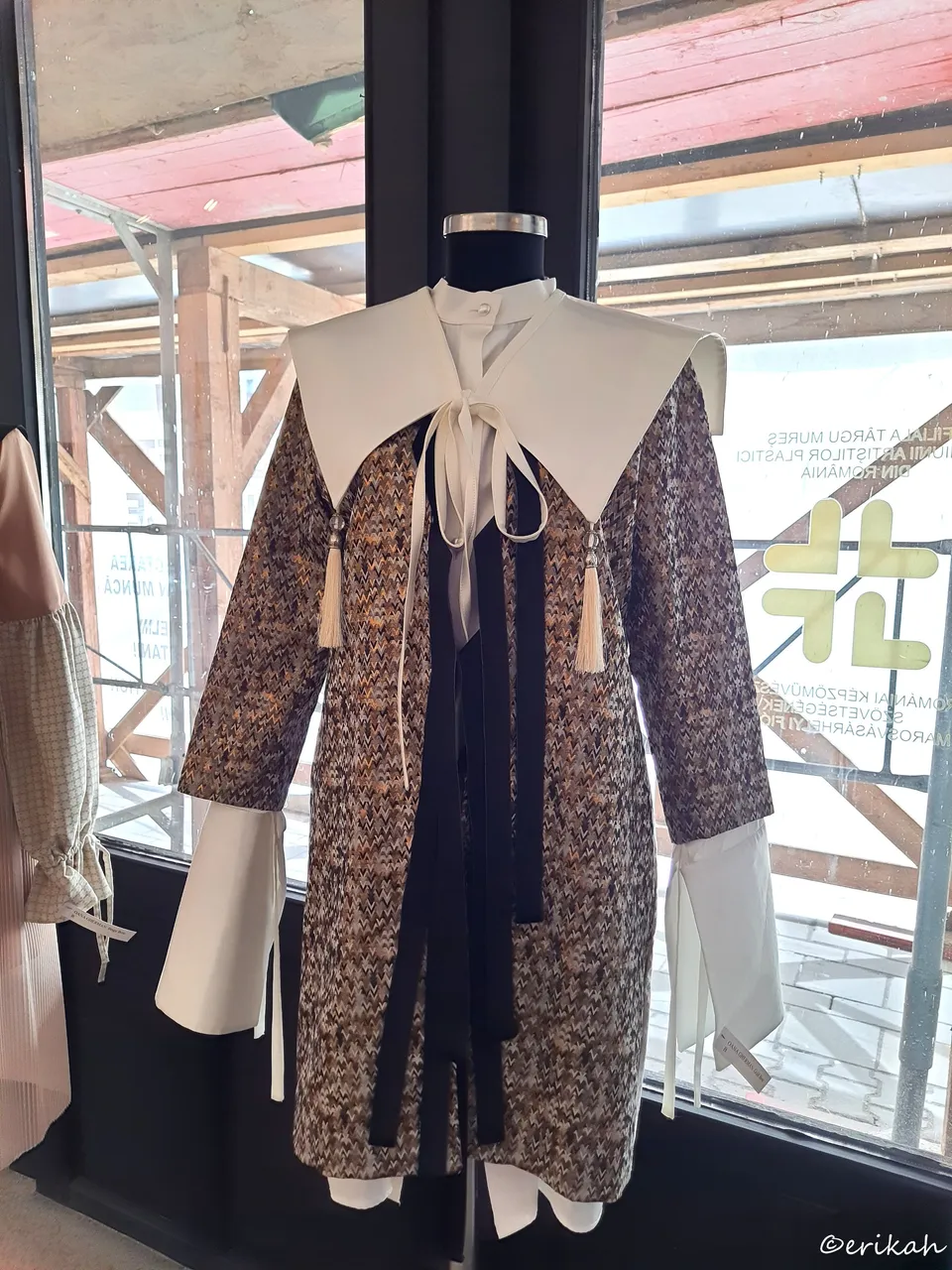
Same here.
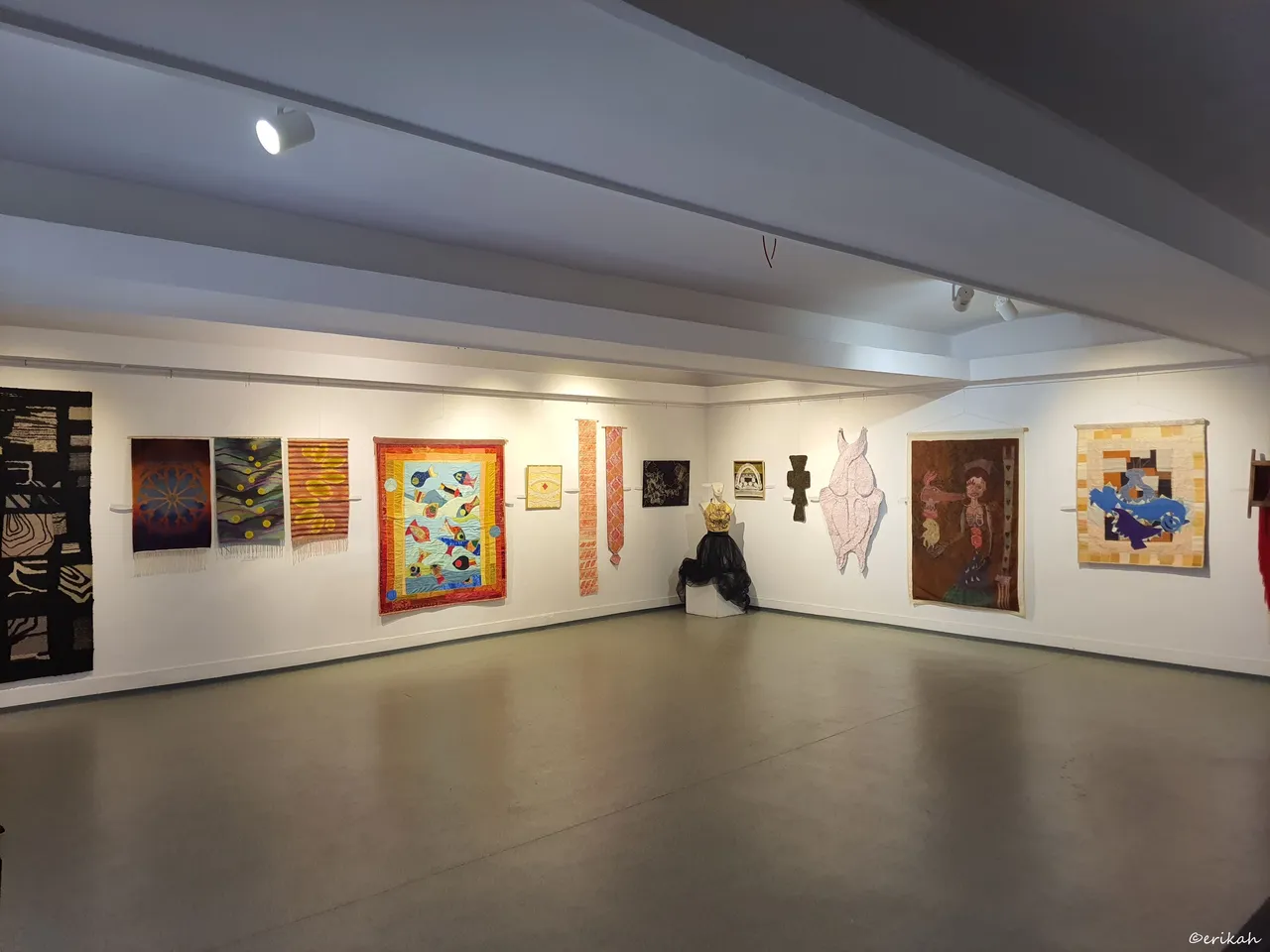
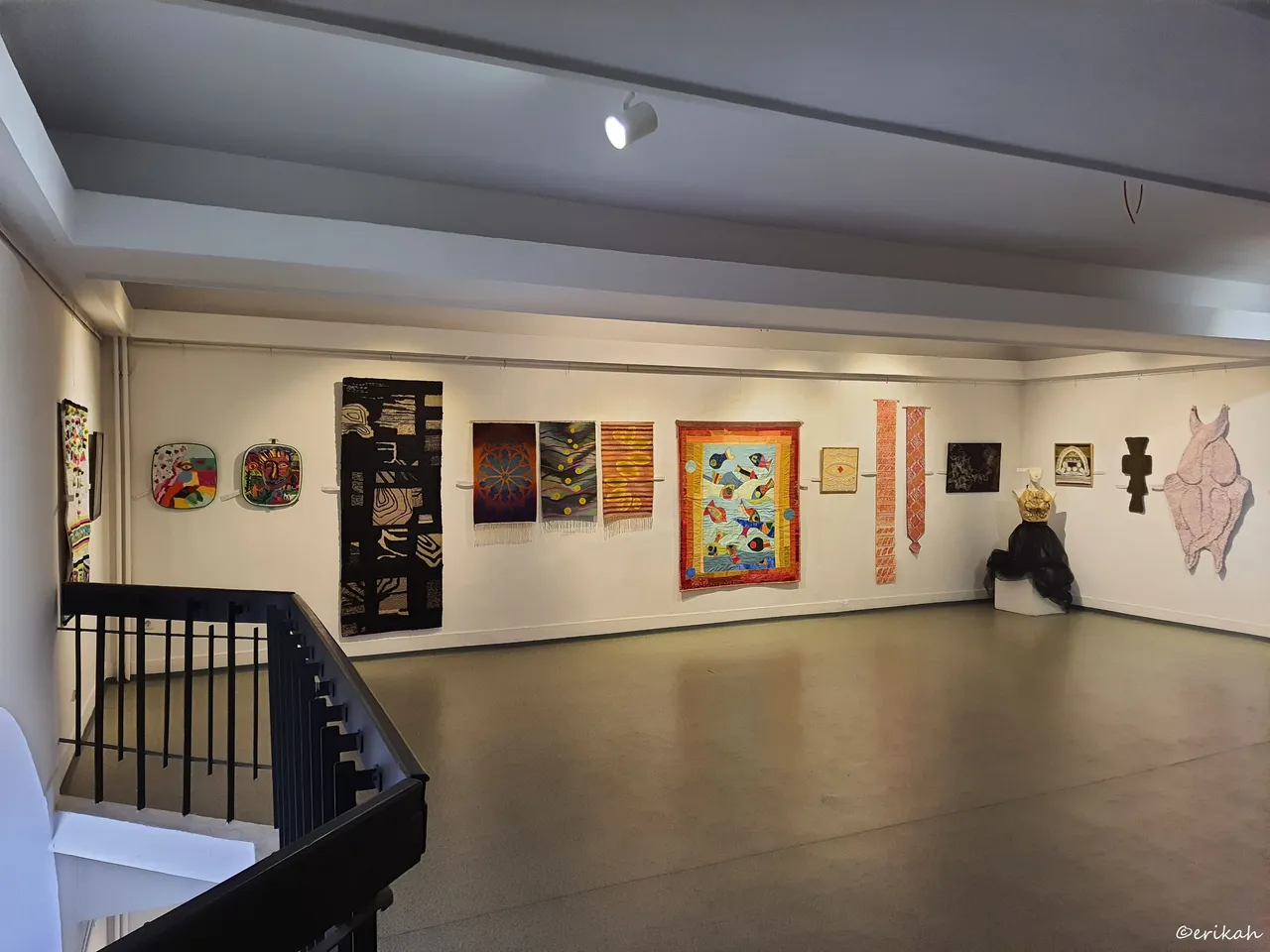
The upper floor looked very promising the minute I had a look at it.
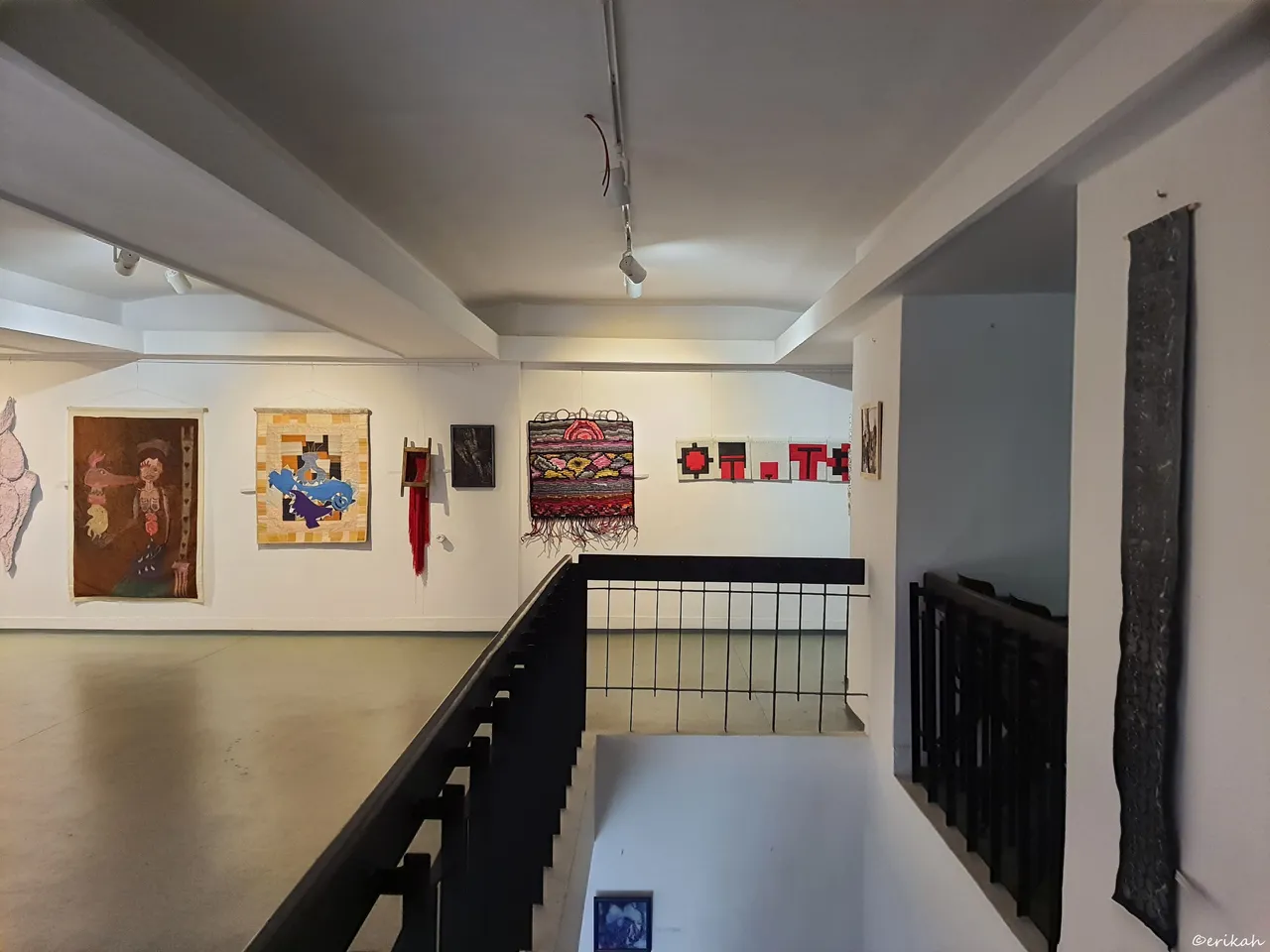
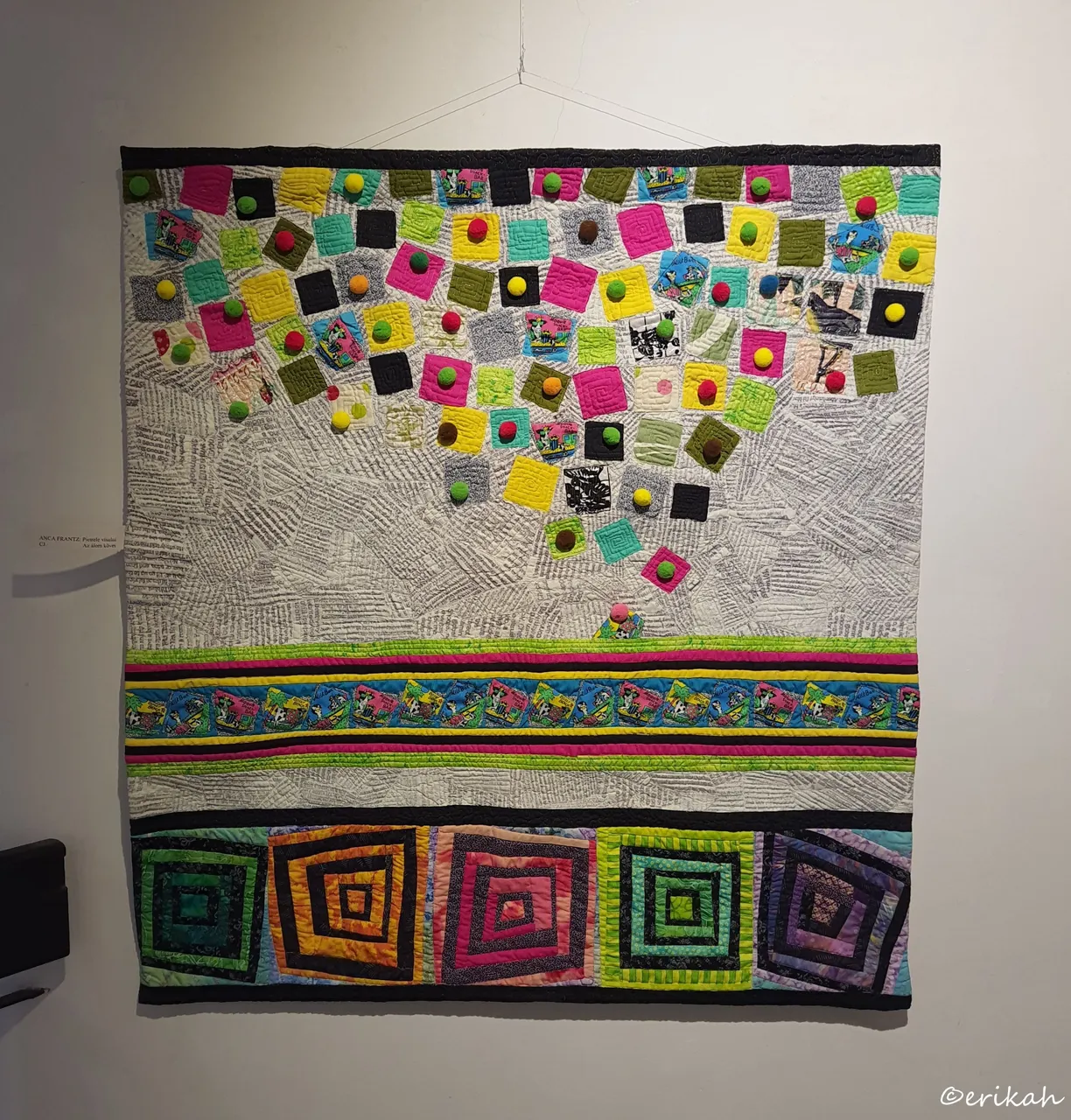
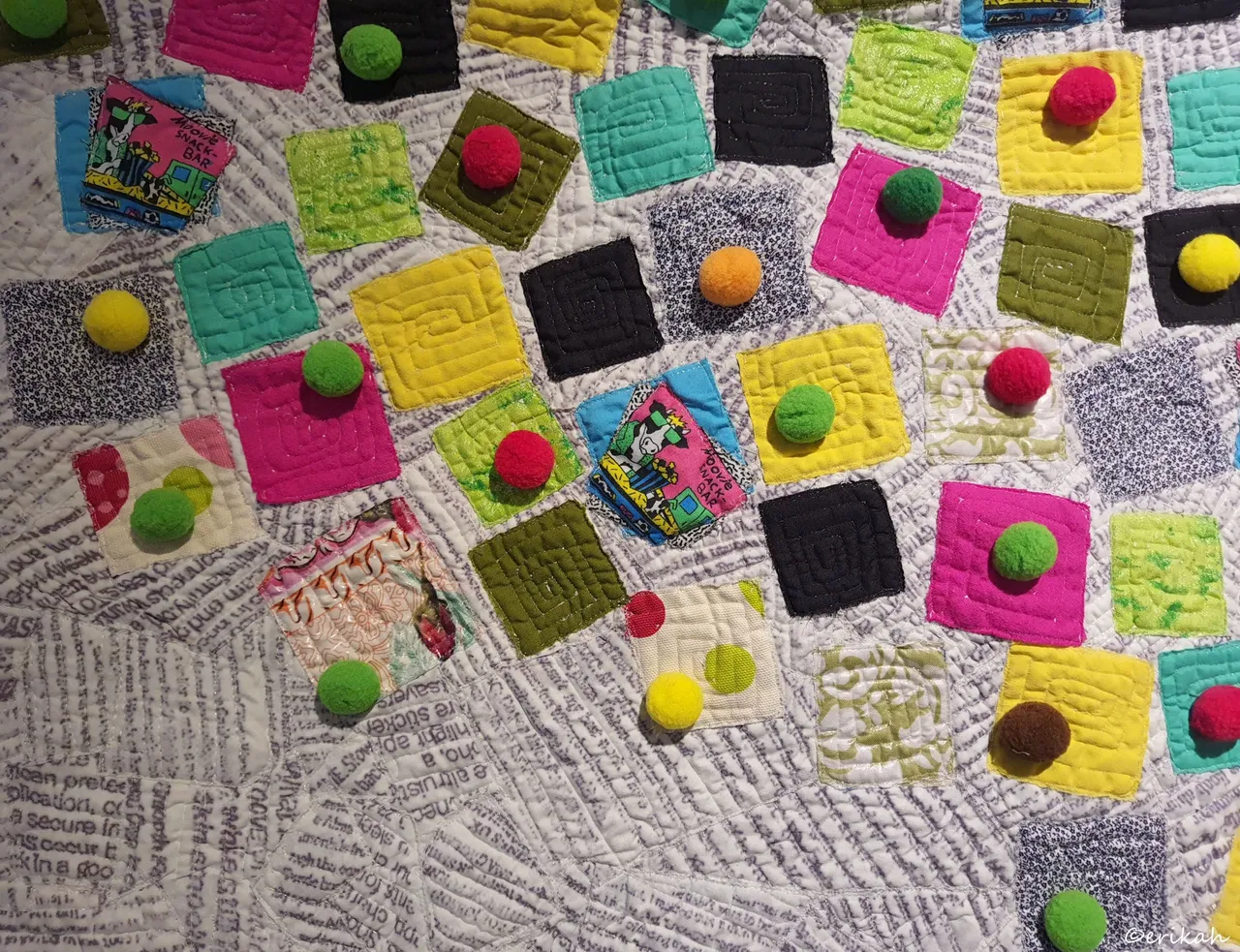
Stones Of The Dream
I was surprised to see a patchwork on the wall, but since it was a fiber and textile exhibition, it wasn't something unusual.
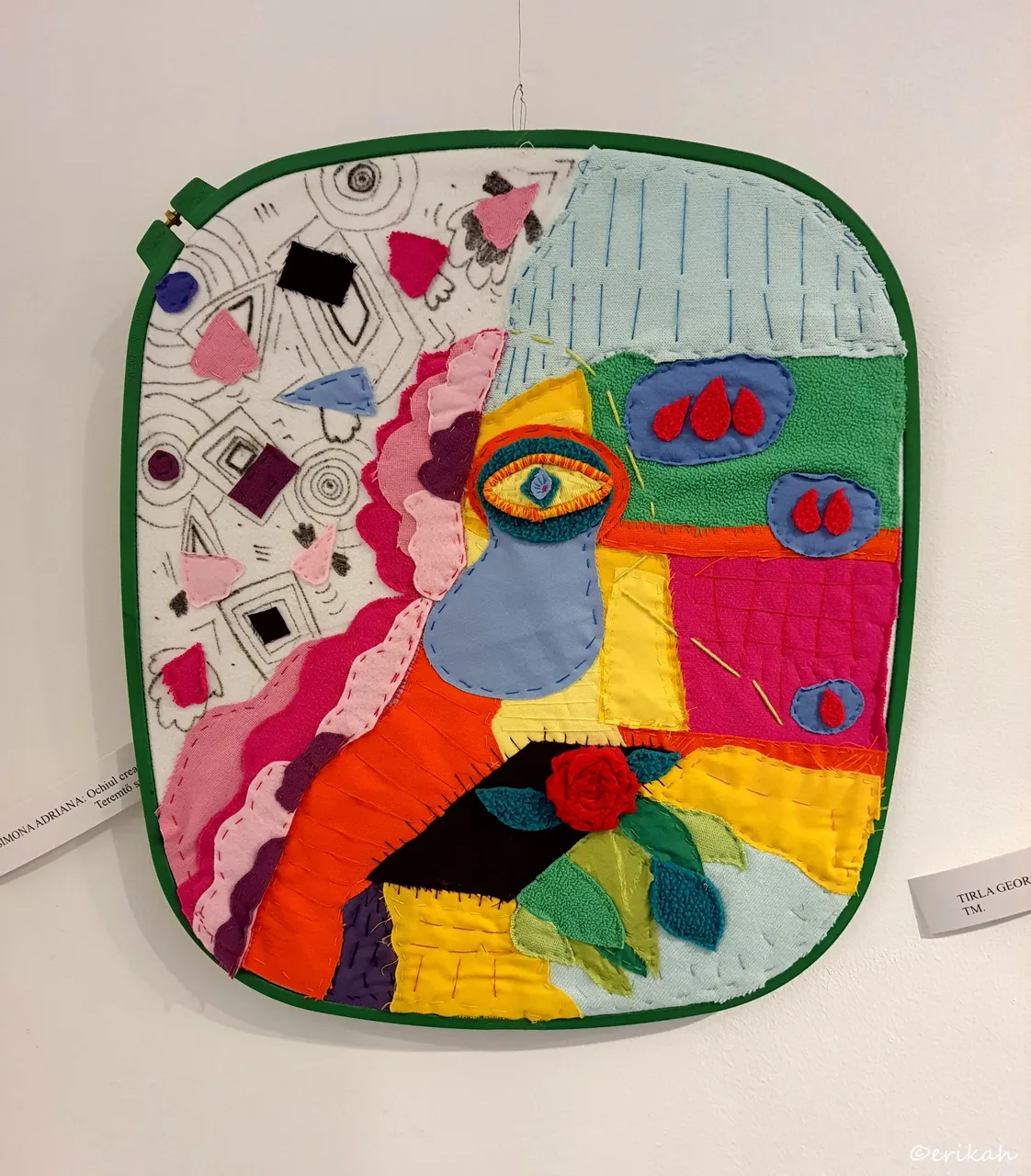
The Eye Of The Maker
This piece may not be my absolute favorite, but I love the style. At some point I was thinking of creating a similar bag, upcycling denim and some other fabric and had an attempt, but trust me, it's not easy. The smaller the pieces, the harder to make them nice.
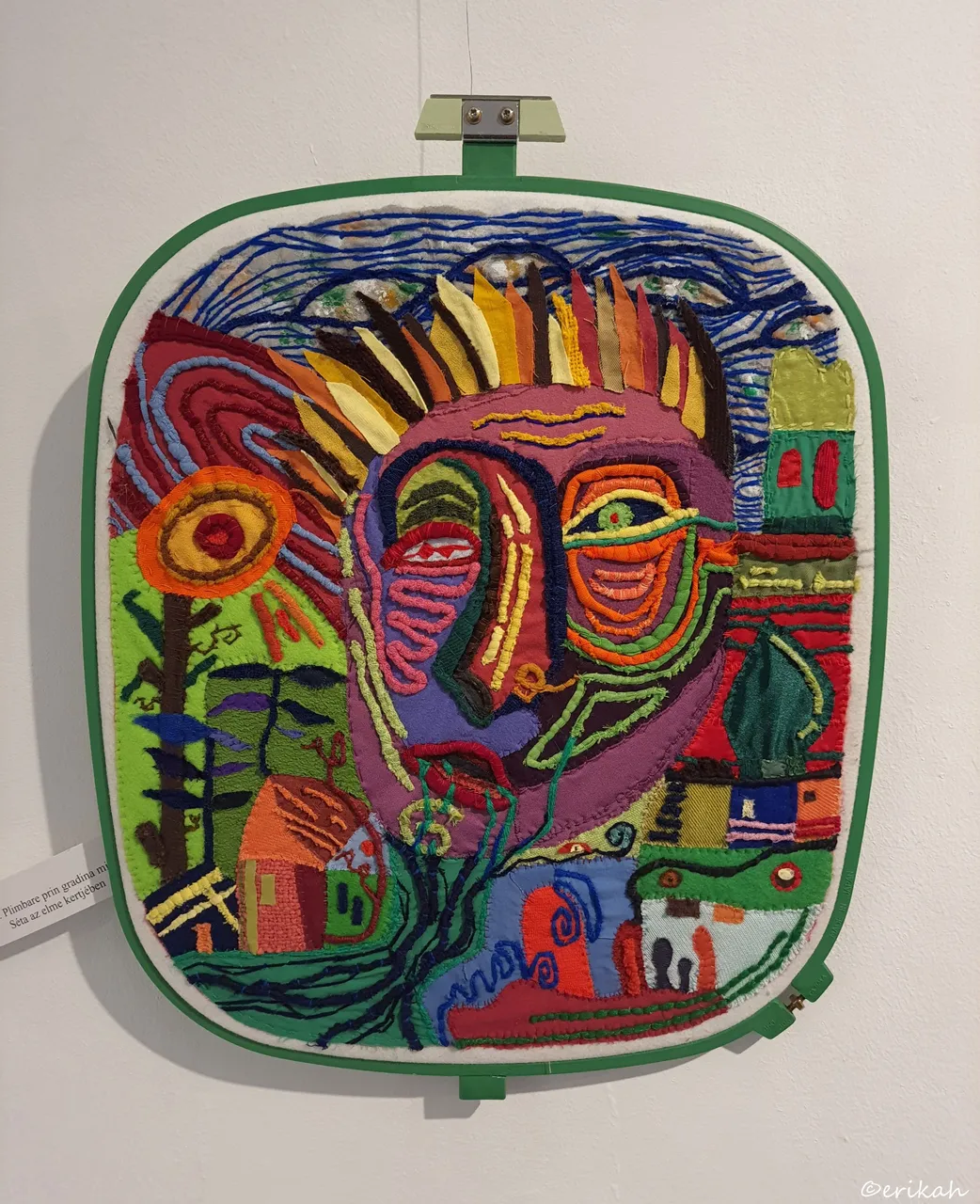
Walk In The Garden Of Mind
This is definitely an unconventional creation, but if you look at the title, I'm sure this is similar to how the human mind works. It's a very creative work for sure.
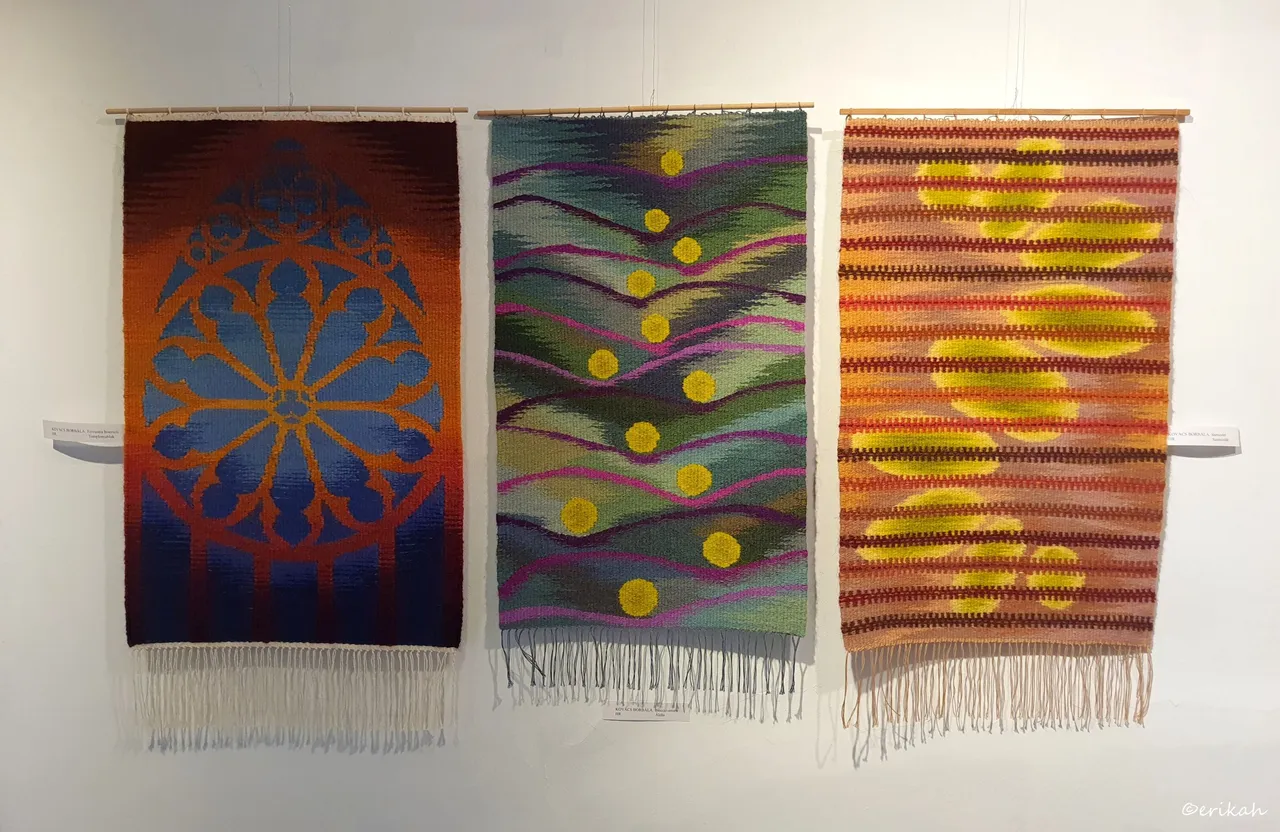
From left to right:
Church Window
Blessing
Samizdat
I may be wrong but the first one on the left looks like the window of a Synagogue.
Samizdat (Russian: самиздат, lit. 'self-publishing') was a form of dissident activity across the Eastern Bloc in which individuals reproduced censored and underground makeshift publications, often by hand, and passed the documents from reader to reader. The practice of manual reproduction was widespread, because most typewriters and printing devices required official registration and permission to access. This was a grassroots practice used to evade official Soviet censorship. source
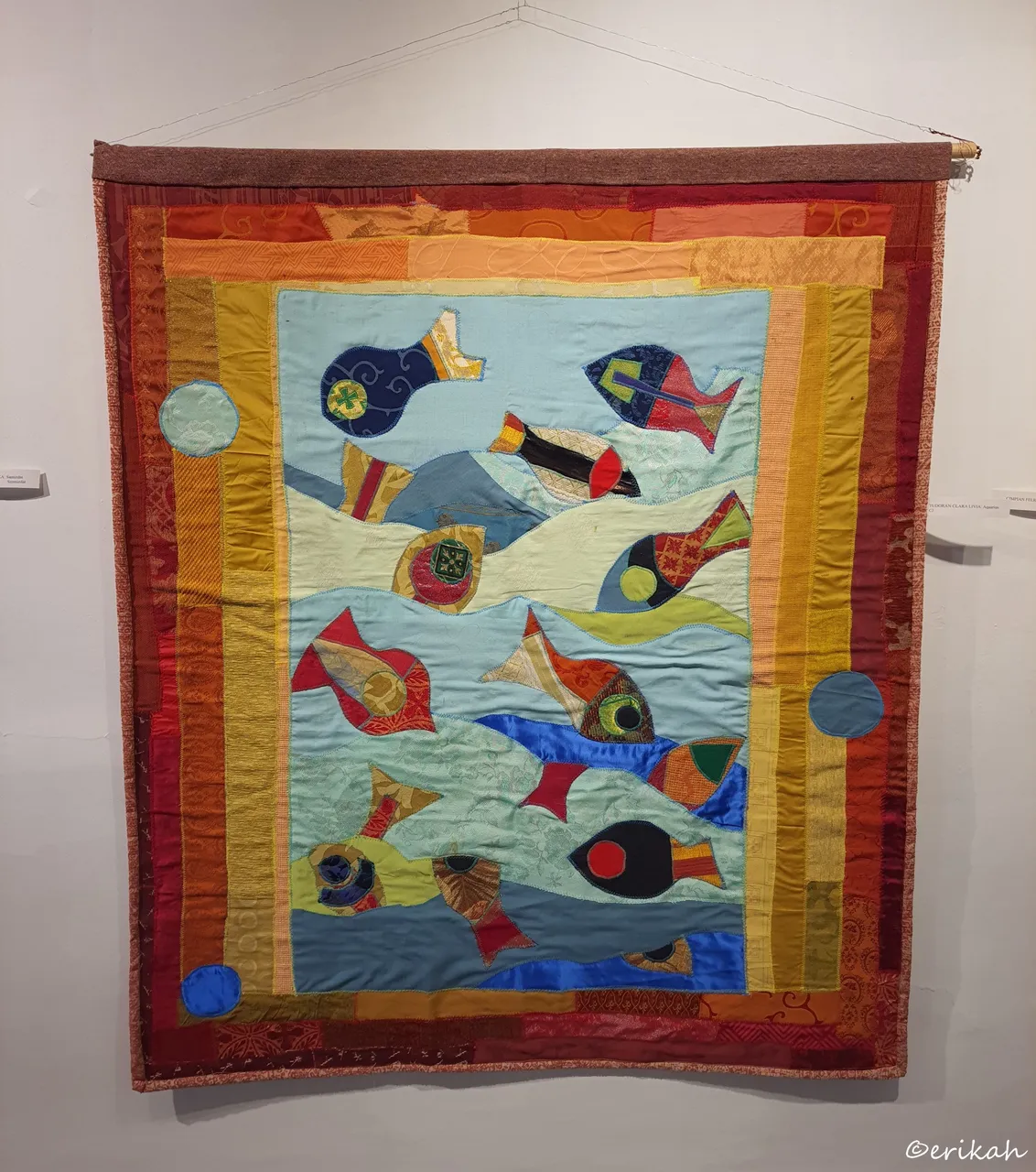
Aquarius
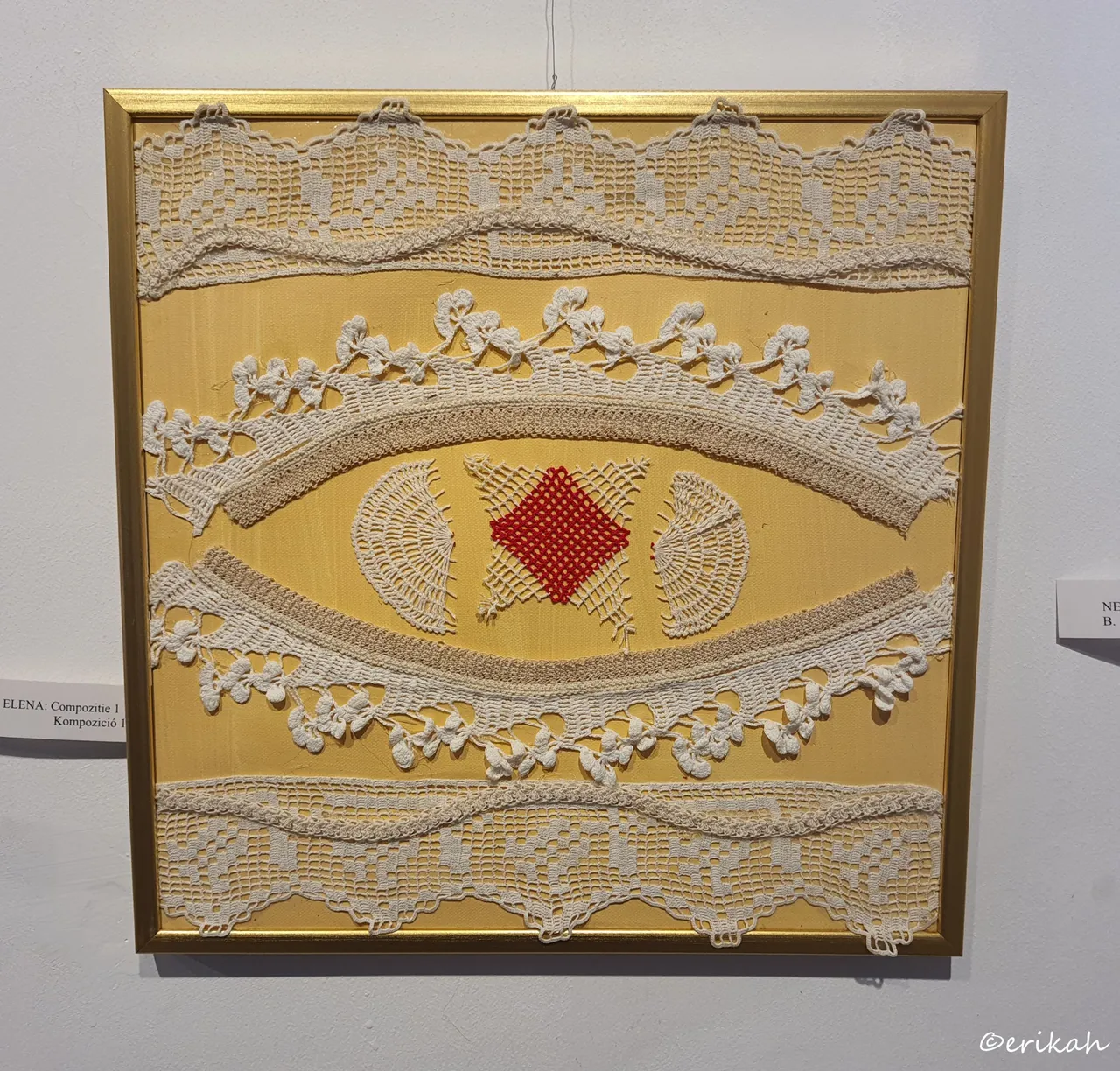
Composition
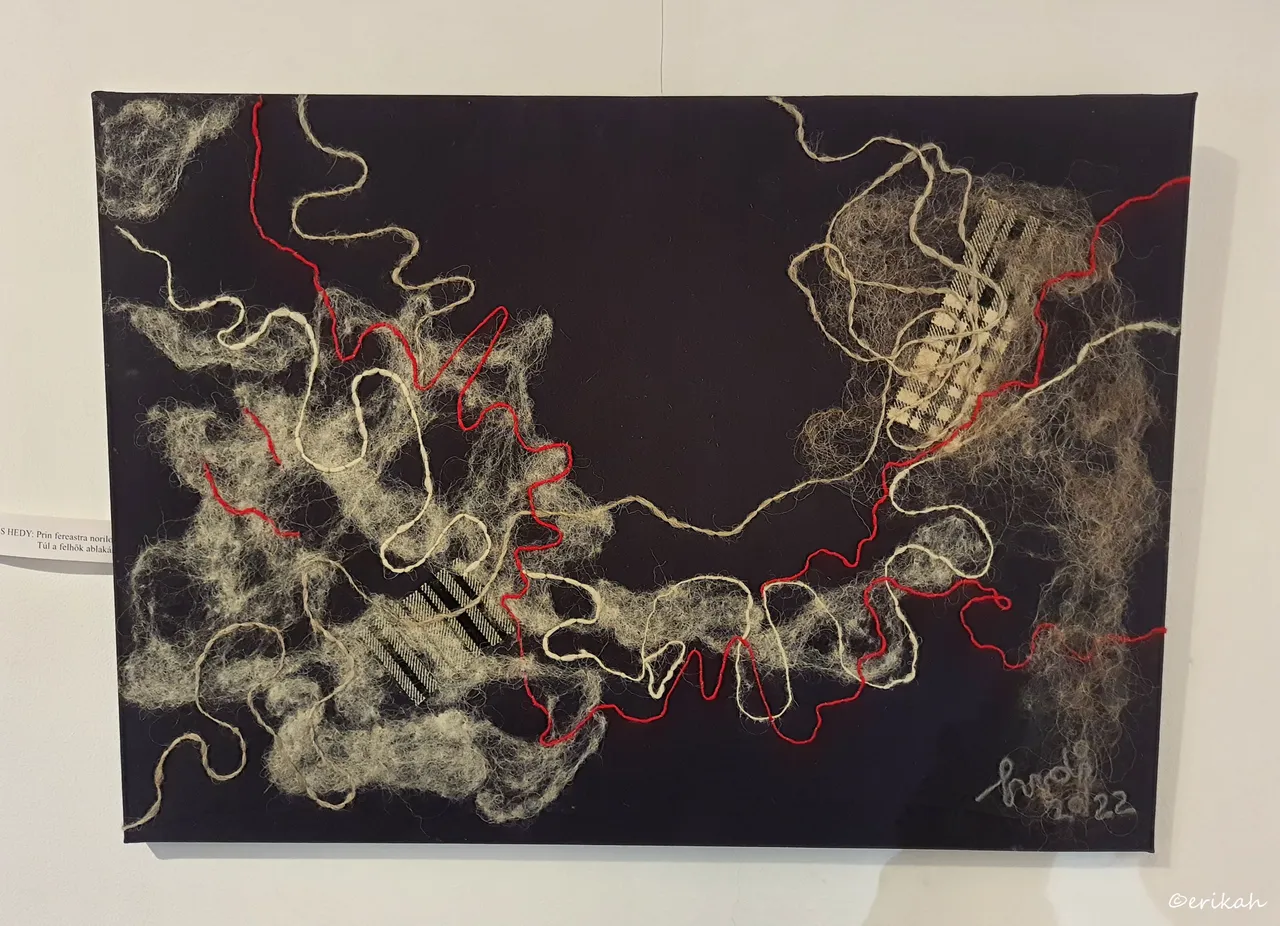
Beyond The Clouds' Window
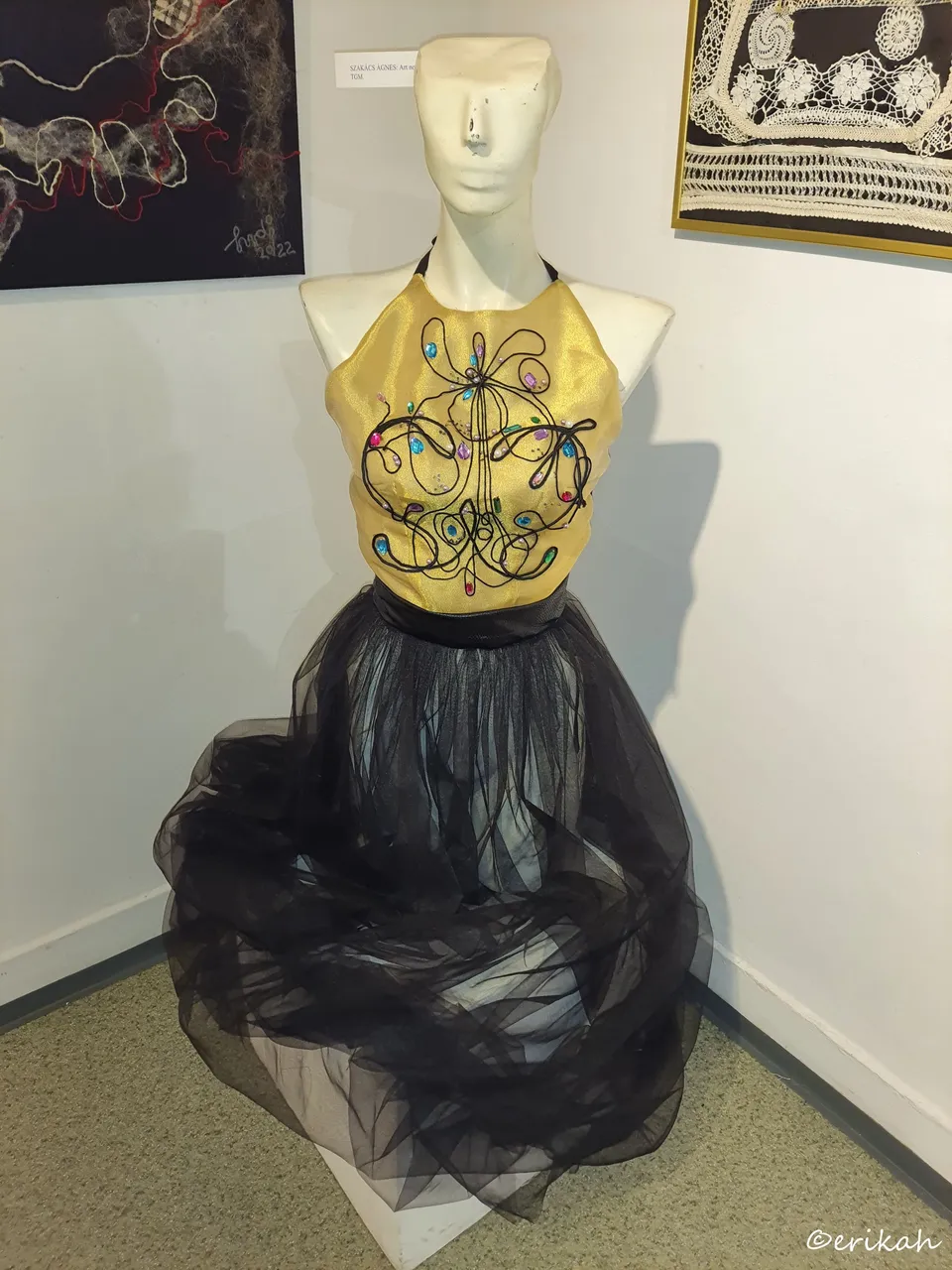
Art Nouveau
A dress that can actually be worn for an appropriate occasion. It's not complete as you would need a skirt underneath, but it's a nice one.
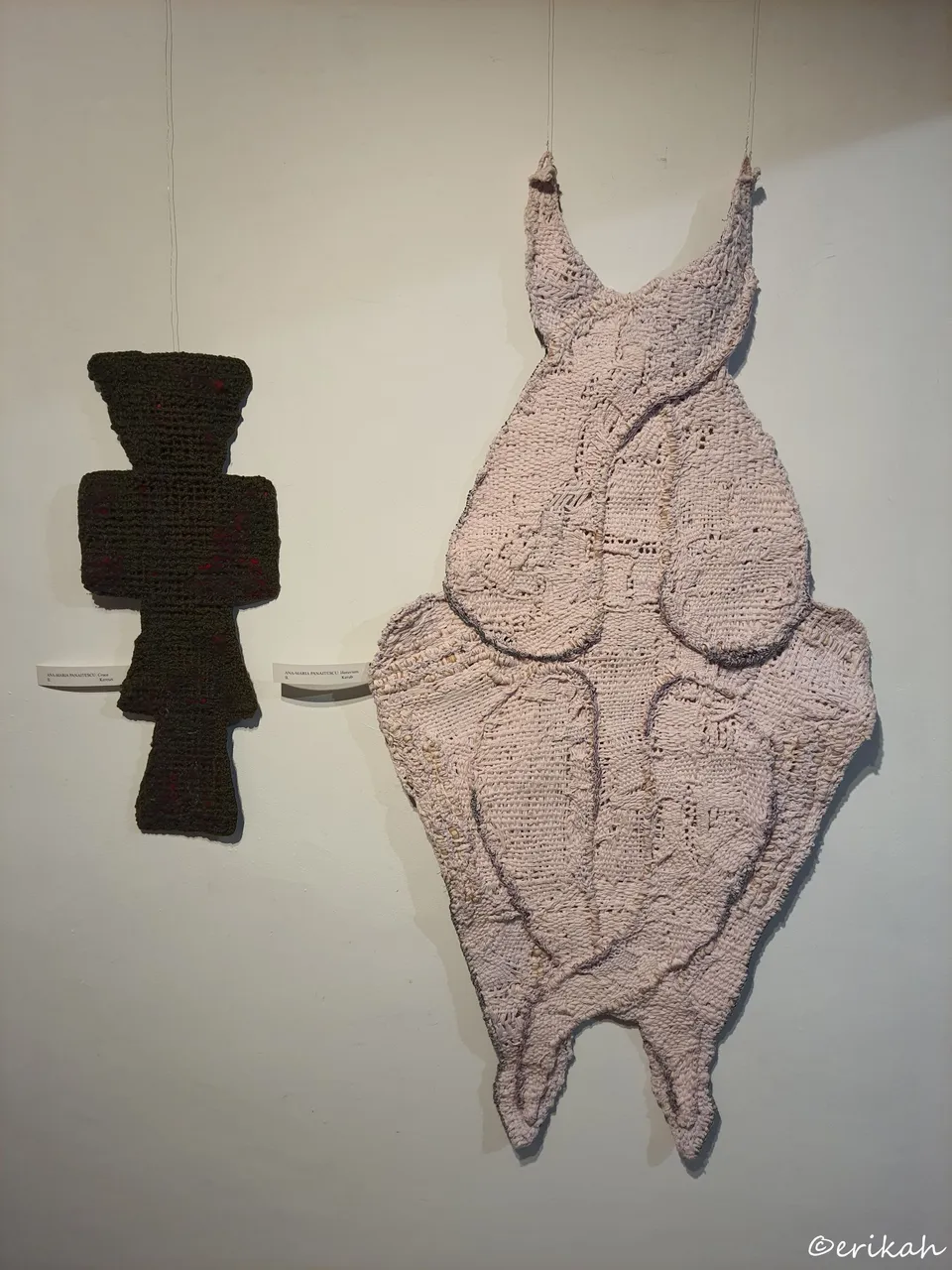
Cross
Cherub
A cherub (/ˈtʃɛrəb/; plural cherubim; Hebrew: כְּרוּב kərūḇ, pl. כְּרוּבִים kərūḇīm, likely borrowed from a derived form of Akkadian: 𒅗𒊏𒁍 karabu "to bless" such as 𒅗𒊑𒁍 karibu, "one who blesses", a name for the lamassu) is one of the unearthly beings who directly attend to God, according to Abrahamic religions. The numerous depictions of cherubim assign to them many different roles, such as protecting the entrance of the Garden of Eden. source
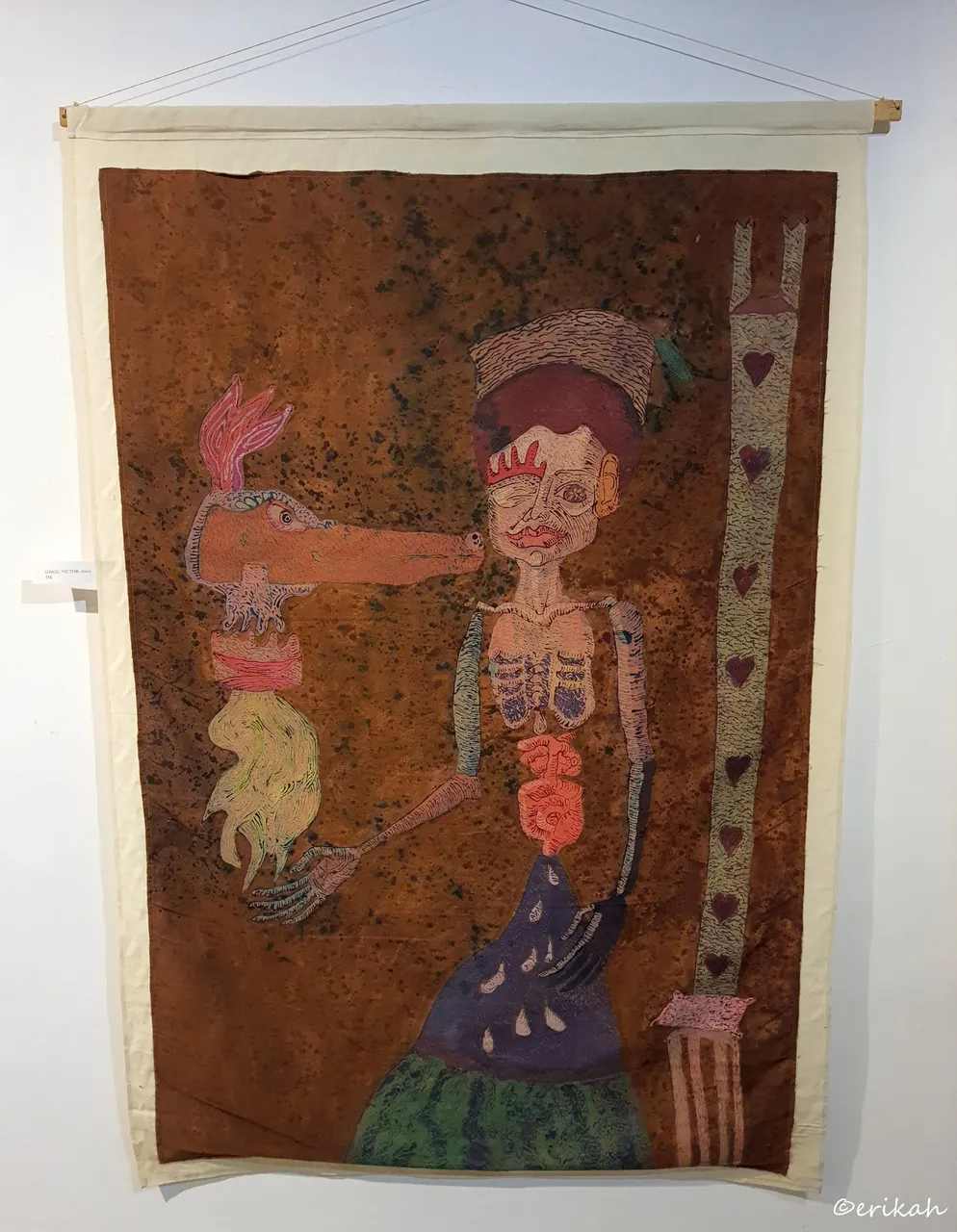
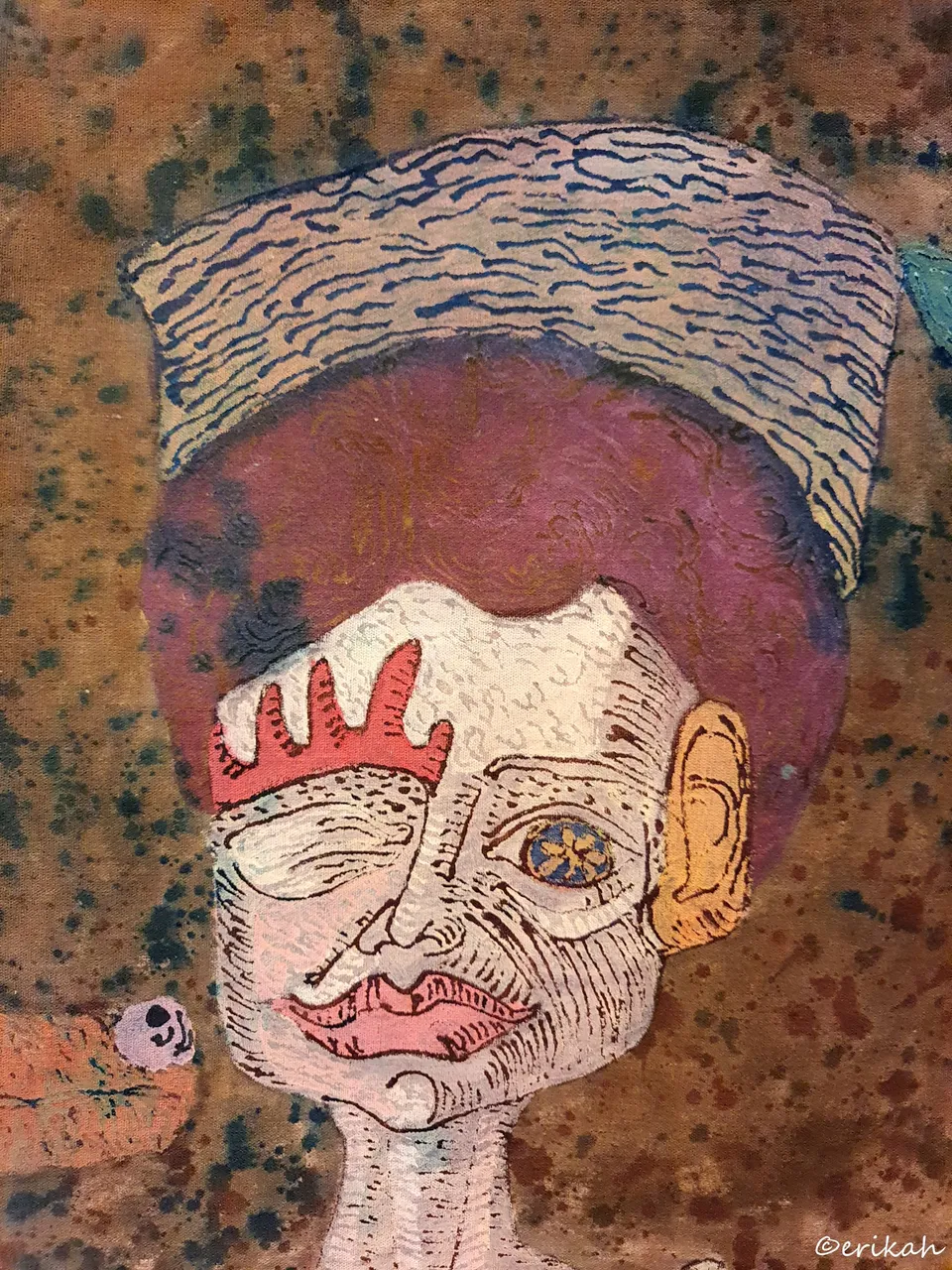
Alice
This was a strange one, but loved it. It looked unconventional and interesting to me.
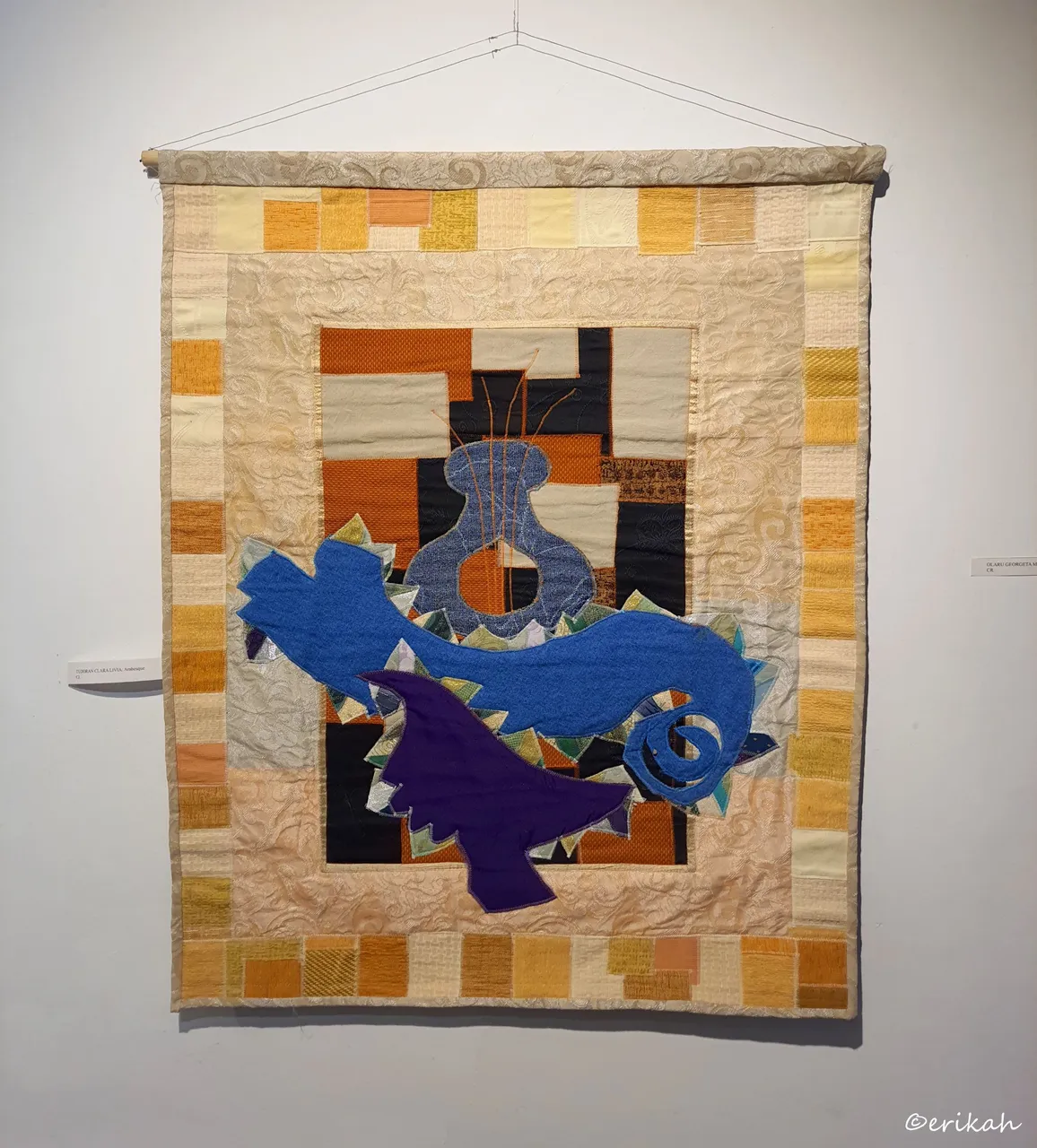
Arabesque
The arabesque is a form of artistic decoration consisting of "surface decorations based on rhythmic linear patterns of scrolling and interlacing foliage, tendrils" or plain lines, often combined with other elements. Another definition is "Foliate ornament, used in the Islamic world, typically using leaves, derived from stylised half-palmettes, which were combined with spiralling stems". It usually consists of a single design which can be 'tiled' or seamlessly repeated as many times as desired. Within the very wide range of Eurasian decorative art that includes motifs matching this basic definition, the term "arabesque" is used consistently as a technical term by art historians to describe only elements of the decoration found in two phases: Islamic art from about the 9th century onwards, and European decorative art from the Renaissance onwards. Interlace and scroll decoration are terms used for most other types of similar patterns. source
There were so many motivating artworks here as even if you have no clue about needlework, you could get the desire to create something nice. I was also wondering if these artists are creating artworks for sale as well, or just for exhibitions. I've never seen a textile or fiber exhibition with sales.

If you're a newbie, you may want to check out these guides:
- Communities Explained - Newbie Guide
- Cross Posting And Reposting Explained, Using PeakD
- Hive Is Not For Me
- How To Pump Your Reputation Fast - Newbie Guide
- Tips And Tricks & Useful Hive Tools For Newbies
- More Useful Tools On Hive - Newbie Guide
- Community List And Why It Is Important To Post In The Right Community
- Witnesses And Proposals Explained - Newbie Guide
- To Stake, Or Not To Stake - Newbie Guide
- Tags And Tagging - Newbie Guide
- Newbie Expectations And Reality
